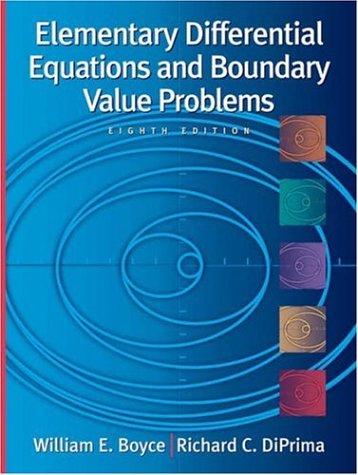Question
Question 1 10pts You construct a scatterplot between two numerical variables and you observe that the points lie very close to a straight line, which
Question 1
10pts
You construct a scatterplot between two numerical variables and you observe that the points lie very close to a straight line, which rises as you look to the right. Which value of the correlation condition is most likely to be associated with this graph?
Group of answer choices
-.2
-.9
+.9
+.2
Flag this Question
Question 2
10pts
Make sure you have the CDC dataset loaded then run the following command.
boxplot(cdc$weight~cdc$gender)
IdentifyAllof the true statements below.
Group of answer choices
Men tend to be heavier than women
The Median weight for women is less than the 25th percentile of the weights of men.
The heaviest woman is about as heavy as the heaviest man.
There are more low weight male outliers than low weight female outliers.
Flag this Question
Question 3
10pts
Suppose that you are investigating a potential causal relationship where both the explanatory and response variable are numerical.What type of plot would you create?
Group of answer choices
A histogram
A side-by-side boxplot
A scatterplot
A mosaic plot
Flag this Question
Question 4
10pts
Suppose that you are investigating a potential causal relationship where the explanatory variable is categorical and the response variable is numerical.What type of plot would you create?
Group of answer choices
A histogram
A side-by-side boxplot
A scatterplot
A mosaic plot
Flag this Question
Question 5
10pts
You are investigating whether people who believe in biological evolution are more likely to want to require universal background checks for firearms purchases.You have a survey of 1,000 randomly selected students at the University of Michigan which had questions on these topics.What type of inferential problem is this?
Group of answer choices
A categorical explanatory variable and a categorical response.
A categorical explanatory variable and a numerical response
A numerical explanatory variable and a categorical response.
A numerical explanatory variable and a numerical response.
Flag this Question
Question 6
10pts
A friend of yours says that if he can see a persons belt size, he can predict the person's weight.You want to test her ability with data.What kind of inference problem is this?
Group of answer choices
A categorical explanatory variable and a categorical response.
A categorical explanatory variable and a numerical response
A numerical explanatory variable and a categorical response.
A numerical explanatory variable and a numerical response.
Flag this Question
Question 7
10pts
A friend of yours says that if she can see a persons shirt collar size, she can predict whether or not the person meets the definition of obesity.You want to test her ability with data.What kind of inference problem is this?
Group of answer choices
A categorical explanatory variable and a categorical response.
A categorical explanatory variable and a numerical response
A numerical explanatory variable and a categorical response.
A numerical explanatory variable and a numerical response.
Flag this Question
Question 8
10pts
Run the following three commands in order
x <- rnorm(100)
y <- 2*x + 3 + rnorm(100,sd=1)
z <- 2*x + 3 + rnorm(100,sd=2)
Calculate the correlation coefficients between x and y and between x and z.
Identify all of the true statements below?
Group of answer choices
Both coefficients are positive
The correlation between x and z is stronger than that between x and. y
The correlation between x and y is stronger than that between x and z
The correlation coefficients both indicate a lack of correlation between the two variables.
Flag this Question
Question 9
10pts
Compute the value of the correlation coefficient between height and weight in the CDC dataset. What value do you get?
Group of answer choices
.555
-.555
.515
-.515
Flag this Question
Question 10
10pts
Which of the following 4 R commands would produce the correlation coefficient between the numeric vectors x and y?
Group of answer choices
Corr(x,y)
cc(x,y)
cor(x,y)
r(x,y)
Step by Step Solution
There are 3 Steps involved in it
Step: 1

Get Instant Access to Expert-Tailored Solutions
See step-by-step solutions with expert insights and AI powered tools for academic success
Step: 2

Step: 3

Ace Your Homework with AI
Get the answers you need in no time with our AI-driven, step-by-step assistance
Get Started


